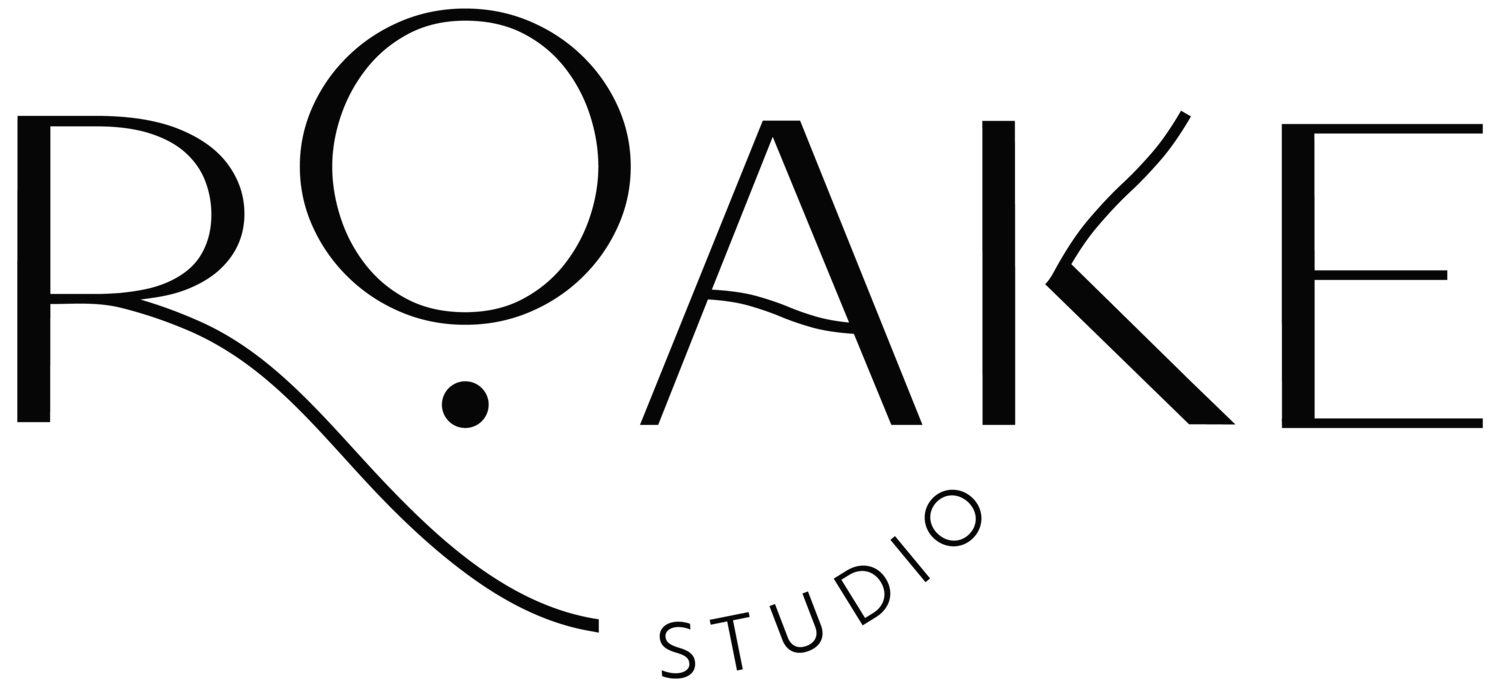It's time to be transparent about leather
I source my materials as ethically as is possible within my constraints. My key material is leather, and for some it’s an unknown industry. With this considered, I thought it about time I lay down the facts on the production of skins, and share my own thoughts on the process. I spent time chatting to my amazing supplier Alex, about origins, rules and regs, and the natural of the tanning process.
R: Hey Alex! So, let’s talk about leather production, and the process as a whole…
A: Something to consider about the whole process is the totally international nature of it. For example, if a skin comes off an animal in the UK, it may go to anywhere in the world for splitting and tanning and then back to the UK to reach you. It is a complex system, much the same as iron ore for example, going around the world until it ends up in your car or baked bean tin!
R: Looking specifically at my skin choices, can we run through some of the information relating to those leathers? Perhaps starting with the location of the tanneries?
A: The tanneries involved in your last order would be - Spain, Italy and the UK.
R: Can you tell me about the nature of the tanneries and how they are run?
A: These days all the processes in well run tanneries should be ecological and ethically sound, however sadly, I cannot speak for some tanneries around the world. We do not currently work with Asian tanneries because some have had bad ecological and ethical standards in the past i.e poor protection for staff and the environment, from chrome etc. not to mention the animal welfare, which is important to me personally.
The tanneries we work with follow the law - we solely work with well-established tanneries that have good reputations and are internationally known.
R: Is there any way of finding out which farms the skins come from?
A: Sadly, I don’t have any contact with the farms where the skins come from. Over time you can recognise the origin of the skins and sometimes by the breed of cattle that they are. Strangely, you also start to recognise some of the brand marks. On the ranches of South America, each ranch has its own brand. You can see this in the skins from time to time and there are some interesting ones.
R: Is there anything you would like to add?
A: The only other thing I would add is that leather is a natural by-product of the meat industry. Leather can be an ecological material, so long as the tanning is done responsibly.
I have a fantastic relationship with Alex and I’m lucky enough to be able to ask as many questions as I need answering. We have honest chats about the meat and leather industry, and how I can make steps to producing the most ethical products I can. You can rest assured that your shopping experience is a mindful one.




